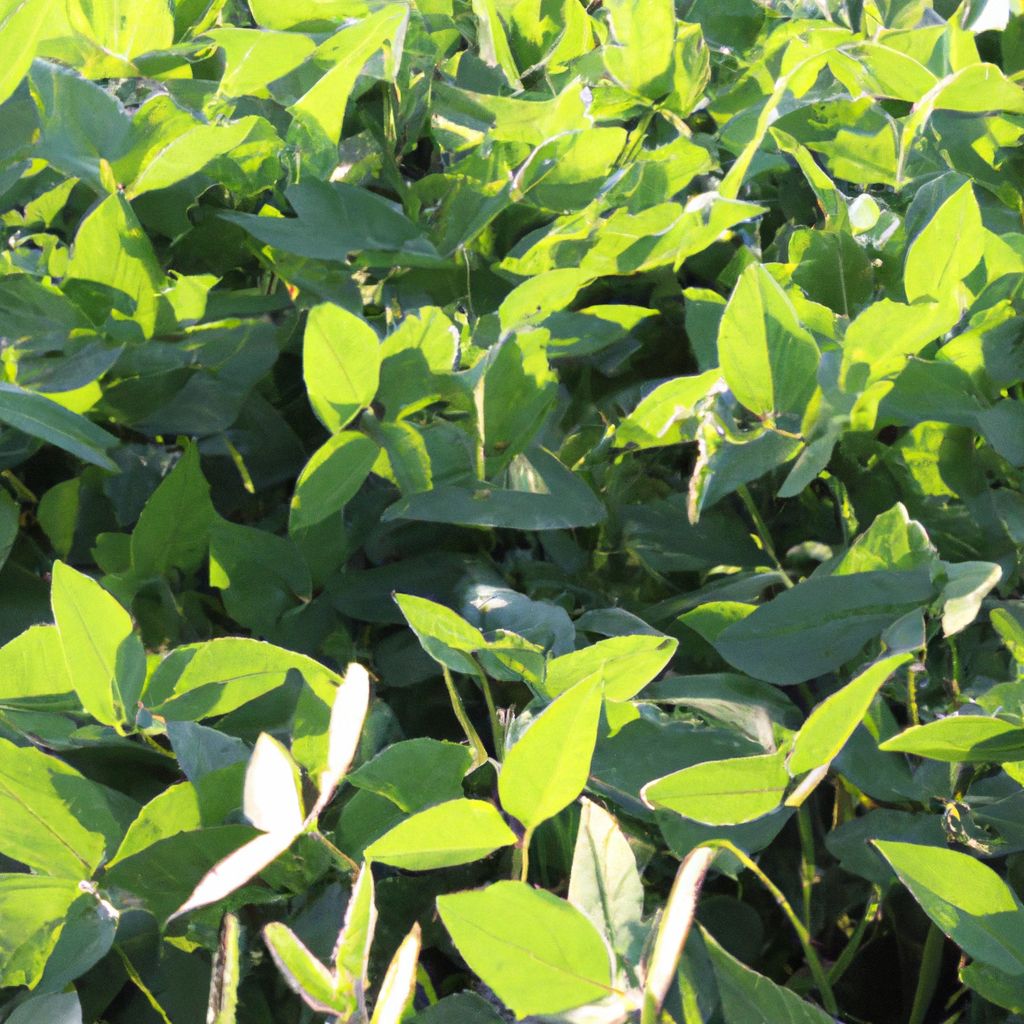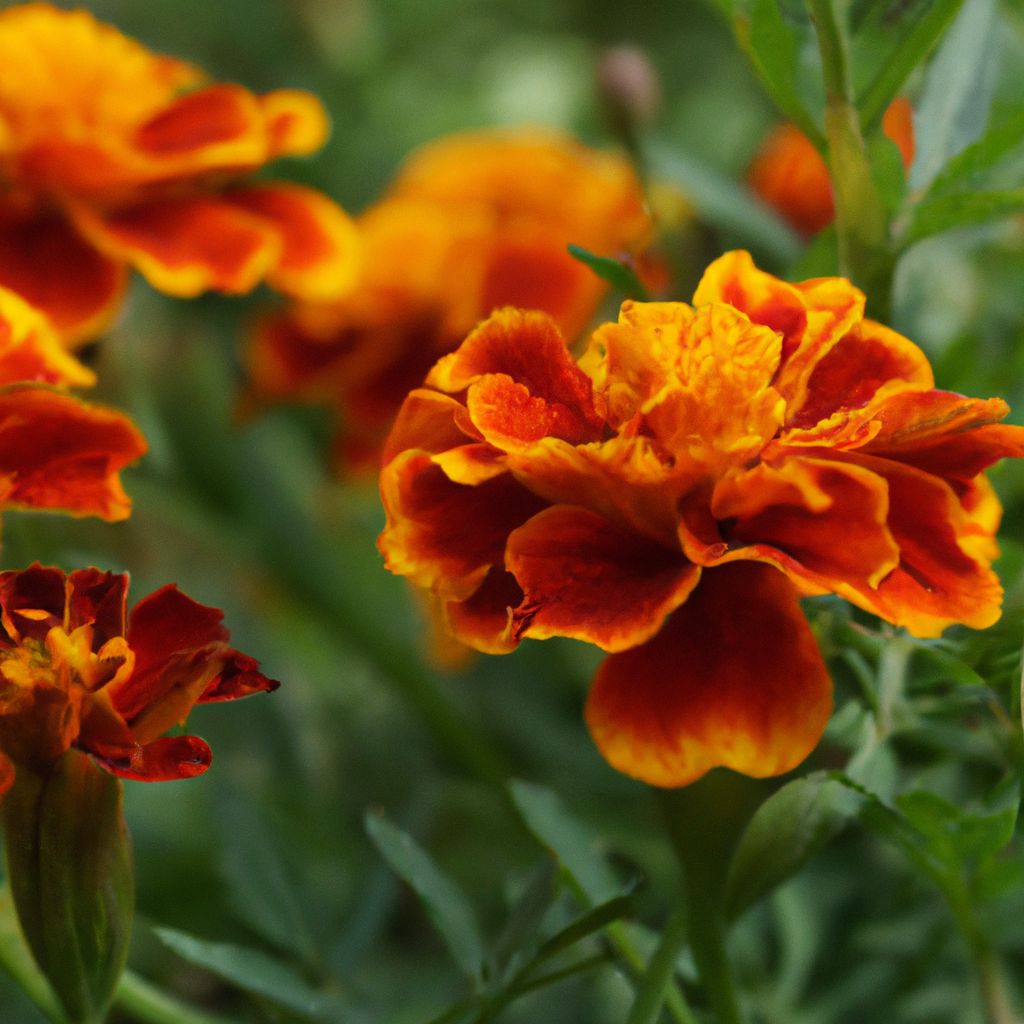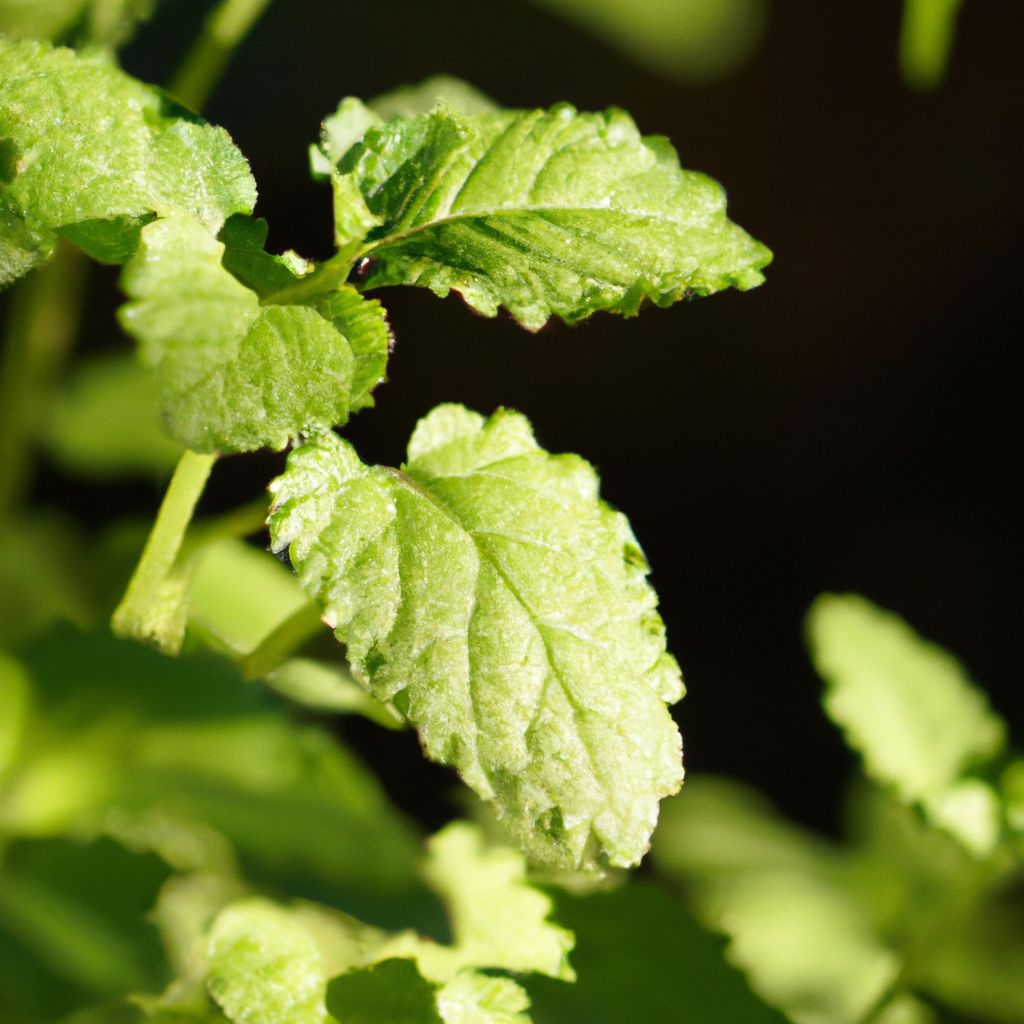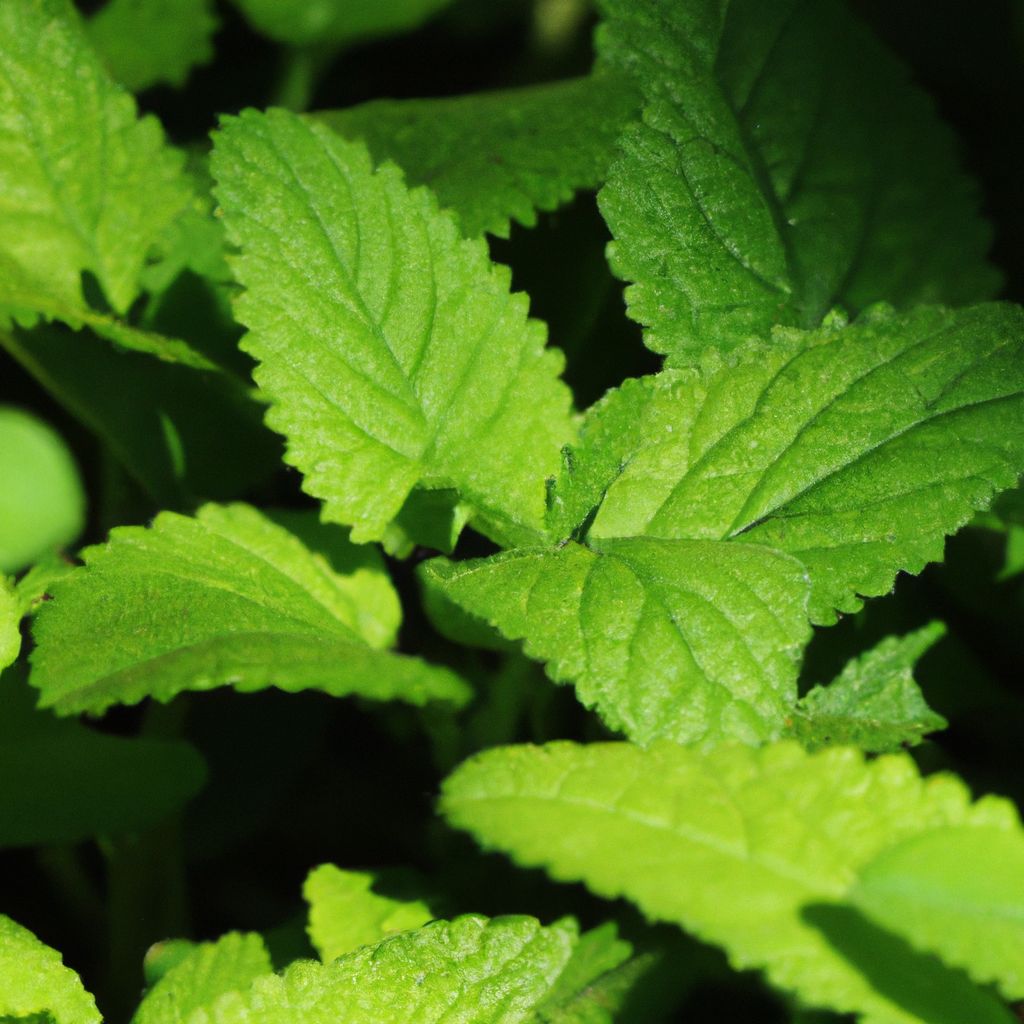Soybeans are a versatile, healthy, and economically smart crop to grow at home. By understanding the basics of soybean cultivation, backyard gardeners can reap nutritious, sustainable rewards from this remarkable plant.
An Ancient Legacy Bears Modern Abundance
Soybeans hold a 5,000-year place of honor in global agriculture. First cultivated in East Asia, they became a cornerstone of traditional Asian diets valued for their bountiful nutrients and plant protein. These hardy, versatile legumes thrived along trade routes, spreading across continents over centuries. Today, over 260 million tons of soybeans are harvested annually, making them the fourth largest food crop worldwide.
Yet amid boundless big agriculture production, interest is blooming anew for small-scale homegrown soy cultivation. Backyard gardeners are discovering anew the lost wisdom of locally nurturing this nutritional powerhouse. Unlike commercial models dependent on mechanization, synthetic fertilizers and genetically engineered crops, home growers embrace traditional techniques optimized for modest patches. Success rests on understanding regional growing conditions, attending to soil biology, and selecting well-adapted varieties.
The motivations for home cultivation span health, economy and environment. Garden-fresh soybeans retain more nutrients than commercially grown beans, which suffer nutrient losses during transport and months of storage. Families gain access to fresher, ethical, chemical-free soy foods grown on-site with little fossil fuels. Any surplus beans can offset purchased soy costs or even provide supplemental income at farmers markets. Less reliance on intensive industrial soy production benefits the planet too, given large-scale agriculture’s massive carbon footprint.
For the enterprising home gardener, soybeans offer a compelling cultivation adventure. An small outlay of time, space and effort is repaid manifold in seasonal nourishment. The learning curve is swift for establishing robust backyard soy crops. And the banquet of possible foods, from soy milk to tofu, tempeh, miso and more, inspires culinary creativity. Join generations past and discover anew the hearty, healthy bounty hidden right in a humble soybean.
The Benefits of Homegrown Soy
Growing your own soybeans offers many compelling benefits:
Health Benefits
- Excellent plant-based protein – Soybeans provide all 9 essential amino acids needed for good health. Easy to incorporate into various recipes.
- Heart health – Soy foods lower LDL cholesterol while raising HDL cholesterol due to isoflavones content. This promotes cardiovascular wellness.
- Cancer prevention – Isoflavones found in soybeans have anti-estrogenic effects that lower risks of hormonal cancers like breast and prostate cancer.
- Diabetes friendly – The high fiber helps moderate blood glucose response. The complex carbs break down slowly, maintaining steady insulin levels.
- Stronger bones – Soybeans are rich in calcium and minerals that help build bone mineral density and prevent osteoporosis.
Cost Savings
- Reduced grocery expenses – Homegrown soybeans offset purchased soy expenses. A small plot can yield a good supply for household use.
- Lower transportation footprint – Growing your own eliminates emissions associated with long-distance transport of commercial soy.
- Organic production – Backyard soybeans can be grown without synthetic pesticides and fertilizers, eliminating these costs.
- Potential for surplus sales – Excess homegrown soybeans can be sold to offset costs. There is growing demand for local organic soy foods.
Environmental Benefits
- Sustainable gardening – Soybeans help enrich soil fertility by fixing nitrogen. Less reliance on synthetic fertilizers.
- Water conservation – Homegrown soy has lower water footprint compared to intensive large-scale production.
- Biodiversity preservation – Backyard soybean patches provide habitat and nutrition for pollinators and wildlife.
- Carbon reduction – Lower transport miles and avoidance of industrial agriculture reduces carbon emissions.
The Journey from Seed to Harvest
While soybean cultivation on a commercial scale relies on vast mechanized operations, homegrowers can find great joy and reward in nurturing this remarkable plant on a small backyard plot. Here is an overview of the backyard cultivation journey:
Soil Prep and Planting
Soybeans thrive in loose, nutrient-rich loam. Prep the planting area by removing weeds and debris, then mix in compost. Soybeans prefer a soil pH of 6.0-7.0. Plant seeds 1 inch deep once soil reaches 65°F, spacing 2-4 inches apart in rows 20-30 inches apart. Use drip irrigation for efficient watering.
Growth and Care
Soybeans rapidly put on vegetative growth, needing 6-8 hours of sun daily. Ensure proper spacing for airflow as they mature. Monitor for pests like beetles and aphids. Apply balanced organic fertilizer monthly. Soybeans form symbiotic relationships with soil bacteria to fix nitrogen.
Flowers and Seed Development
After 60-80 days, small white/purple flowers will appear which later form seed pods. irrigation needs increase during this crucial reproductive stage. Monitor moisture carefully as pods swell with developing beans, applying 1 inch of water weekly if rain is lacking. Support taller plants with trellising to prevent falling over.
Harvest
Soybean pods reach full maturity after 100-150 days when they turn brown/yellow and 80% of leaves have dropped. Test seed moisture level, aiming for 13-15%. Picking by hand or using small machinery, harvest on a dry day to allow quick drying.
Drying and Storage
After harvest, dry beans to 13% moisture and store in cool airtight containers to protect from pests and humidity. Refrigerate any beans not dried fully, using within 2 days. With attentive planning and care, a small backyard soybean patch can yield an abundant nutritious crop!
Cultivation Guidelines
Successful homegrown soybean cultivation relies on understanding key requirements:
Soil Needs
- Loose, loamy soil texture allows good drainage and root growth
- pH between 6.0 – 7.0
- Rich in organic matter like aged compost
- Moderate fertility – conduct soil test for custom amendments
Sun and Climate Preferences
- Full sun – minimum 6-8 hours direct sunlight daily
- Warm weather crop – grow when temps exceed 65°F
- Avoid frost pockets or extreme heat
- Moderate but consistent rainfall or supplemental drip irrigation
- Good airflow circulation reduces disease risk
Planting Methods
- Direct outdoor sowing into garden soil
- Start early indoors for transplanting into garden beds
- Sow seeds 1 inch deep, 2-4 inches apart, thin seedlings for proper spacing
- Final spacing 18-30 inches between rows
Maintenance Needs
- Monitor for weed, pest and disease issues
- Use row cover fabric for pest protection when young
- Apply monthly organic fertilizer for nutritional needs
- Support taller varieties with trellises to prevent falling
- Water weekly during hot dry spells
The Cultivation Calendar
Here is an overview of the backyard soybean cultivation journey across the growing season:
Early Spring
- Conduct soil test
- Add soil amendments
- Prep planting beds
- Sow seeds indoors
Spring
- Transplant seedlings
- Install row fabric
- Begin fertilizing
- Monitor for early weeds
Summer
- Monitor pests
- Hand pull weeds
- Build trellises
- Water 1” weekly
Late Summer
- Flowers transforming to pods
- Phase out fertilizer
- Monitor pod progress
- Continue pest monitoring
Fall
- Monitor pod maturity
- Harvest when 13% moisture
- Dry and store beans
- Enjoy the nutritious bounty!
Thriving Plants Start with Choosing Seeds
With a multitude of soybean varieties to consider, seed selection plays a key role in cultivation success. When deciding which seeds to plant, consider:
Maturity Group
Maturity is grouped by latitude with a numbering system from 000 to X. The lower number varieties mature faster for cooler northern regions. Select seeds in your maturity zone.
Heat/Drought Tolerance
Some newer varieties have been bred to better handle hot and dry conditions. This trait allows flexibility if you live in hotter southern zones.
Pest/Disease Resistance
Choose disease-resistant varieties to avoid common fungal or bacterial illnesses. Also consider breeds less prone to key pests in your area.
Plant Height
Compact or bush varieties reach 2-3 feet tall. Vining varieties grow vertically 5-6 feet on trellises. Pick based on space and support limitations.
Seed Inoculant Needs
Soybean seeds need pre-treatment with Bradyrhizobium bacteria inoculant to effectively fix nitrogen from soil. Without this, plants suffer stunted growth.
By evaluating soybean variety traits, home growers can make informed seed decisions for success. Agricultural extensions provide guidance on ideal strains for your climate.
Critical Growing Stage – Flower to Seed
Once vibrant flowers appear on established soybean plants after 60 days, the crucial reproductive stage begins. Proper care from first bloom through seed development and pod swelling will determine later bounty and quality. Monitor soil moisture closely, watering weekly to supply adequate water during these critical few weeks. Lack of water during flowering and pod-filling severely reduces yield.
Some common challenges arise:
Flower Abortion
Hot, dry weather causes failed flower fertilization and abortion before pods form. Maintain even soil moisture by increasing water. Lower risk by planting heat/drought-tolerant varieties.
Insect Pests
Bean leaf beetles feed ravenously on leaves and developing pods. Use protective floating row cover over plants, handpick visible insects, and apply organic bacterial spray if infestation is high during critical transition from flower to seed growth.
Nutrient Deficiency
With the high demands of flowering and seed production, supplemental fertilizer ensures robust growth. Lack of key nutrients causes yellowing leaves, stunted plants, and reduced yields. Targeted organic amendments prevent this.
Disease Prevention
Bacterial blights and fungal issues like downy mildew thrive in humid Mid-Summer conditions. Improve airflow via proper spacing and pruning lower leaves. Apply organic anti-fungal spray formulations preventatively.
With attentive monitoring and quick intervention, home growers can shepherd plants through this vital phase, ensuring a prolific harvest later on.
Growing Organically
For many home growers, the ability to cultivate robust organic soybeans is a major motivation behind the effort. Conventional commercial soy relies heavily on synthetic chemicals and genetically modified seeds, concepts that don’t align for some small-scale growers. Thankfully, raising backyard soybeans organically is readily achievable.
Benefits of Organic Soybeans
- Avoid GMOs and toxic pesticide residue
- Protect local bees, birds, insects, and soil health
- Produce nutritious chemical-free beans
- Market premium for organic homegrown soybeans
Organic Cultivation Keys
- Start with non-GMO, untreated heirloom seeds
- Focus on building rich, biological diverse living soil
- Use compost, manure, bone/blood meal for fertility
- Employ crop covers for pest protection
- Spot treat pests with organic OMRI-Listed insecticides
- Apply organic fungicides at first sign of disease
- Control weeds via mulch, hand pulling, or flame weeding
With attention to sound biological growing methods, home gardeners can experience the joys of organic soybean success!

Mastering Harvest and Storage
After 100-150 days of attentive nurturing through germination, vigorous vegetative expansion, flowering, and finally seed pod swelling, home soybean growers eagerly anticipate reaping a bountiful harvest. But precision timing and post-harvest handling is vital to preserve quality. Here is a concise guide:
Determining Soybean Maturity
It is crucial to accurately assess when soybean plants reach full maturity to achieve peak flavor and nutrition quality beans with ideal moisture content for storage. Consider these tell-tale signs:
- Pods turn brown/tan from green and rattle when shaken
- Stems turn brown with 70% leaf drop
- 13-15% moisture content via precise meter testing
- Pinch test – seeds firmly resist compression between fingers
Harvest Methods
Once fully mature, harvest approaches include:
- Small machine harvesters for efficient removal from pods
- Lower plant sections, then pull stems shaking beans into containers
- Cut entire plants to hang vertically in vented garage for 1-2 weeks
- Carefully handpick beans from each ripened pod
Post-Harvest Handling
After harvesting, additional steps ensure preserved quality:
- Dry beans down to 13% moisture on mesh racks in ventilated space before storage.
- Allow air circulation via fans, taking 4-14 days.
- Check progress drying small batches using moisture meter tools.
- Once beans break cleanly rather than bending, full dryness achieved.
- Store thoroughly dried beans in airtight bins or jars in cool dark spaces.
By mastering the harvesting craft, home growers can stockpile an abundant soybean supply reaping nutritional and economic rewards long after the growing season ends.
Homegrown Soybean Uses
A backyard homegrown soybean harvest provides a bountiful supply of a powerfully versatile nutritional staple. Once harvested, sufficiently dried, and stored for preservation, beans await transformation into numerous foods:
Soymilk – Soaked, pureed beans transform into nutritious non-dairy milk. Avoid beany flavor by boiling and straining liquid.
Tofu – Adding coagulants like magnesium or calcium cause soy proteins to set into firm tofu blocks. Enjoy pan fried, baked, or in stir fries.
Tempeh – Hailed as the original cultured meat alternative over 300 years old, tempeh is made by fermenting soybeans with Rhizopus fungi into a hearty, high protein food.
Edamame – Harvest green immature pods for popular fresh snacking boiled in salt water.
Miso – This savory umami fermented bean paste makes flavorful soup base when mixed into broths with vegetables or proteins.
Soy Sauce – Further fermented miso transforms into richly complex soy sauce, or shoyu.
The possibilities for homegrown soybean creations are limited only by imagination in the kitchen! With an attentive cultivation effort and reasonable space commitment, backyard growers can nourish their families with sustainable plant-based protein all year long.
Frequently Asked Questions
What is the ideal pH range for soybeans?
Soybeans grow best in slightly acidic to neutral soil ranging between pH 6.0 to 7.0.
Can bush type soybean varieties be grown in containers?
Yes, bush or dwarf soybean cultivars that reach just 2-3 feet tall can grow successfully in large containers, given adequate soil depth and regular watering. Ensure containers have drainage holes at bottom.
What micronutrients are critical for robust soybean growth?
While macronutrients like nitrogen, phosphorus and potassium are crucial, soybeans also need ample iron, manganese, zinc, copper, chlorine and boron for optimal development.
Is it safe to eat fresh raw soybeans from my home garden?
No, raw soybeans contain anti-nutrients and enzyme inhibitors that can cause digestion upset. Boiling soybeans for at least 10 minutes neutralizes these compounds. Eat only thoroughly cooked soy products.
How much spacing is best between homegrown soybean rows?
Allow 18-30 inches between rows so plants have adequate space and airflow circulation. Narrow rows risk overcrowding, which enables diseases.
Can you recommend any pest control methods safe for organic growing?
Floating row covers, handpicking insects, using beneficial nematodes and Bacillus thuringiensis (BT) sprays are organic-approved options to control pests without harmful chemicals.
Is it possible to get a decent soybean harvest with just 6 hours daily sunlight?
While 8 hours daily light is ideal, even 6 hours may suffice for some resistant breeds. Maturity will likely run later with less sunlight. Reduce yield goals with suboptimal sunlight.
What is the best way to shell large volumes of harvested soybeans?
Construct a simple hand-cranked roller sheller from hardware store parts, or improvise your own mortar and pestle system leveraging a clean bucket and baseball bat!
Can you recommend any hardy soybean types for short growing zones?
Look for fast-maturing group 000 or 00 seeds labeled for zones 2-4 to achieve full maturation within only 85-115 days before first fall frost arrives.
Is it worthwhile getting my homegrown soybeans tested for nutritional content?
Definitely! Many states offer low-cost soybean testing to quantify protein, oil and other attributes. This helps optimize future varietal selection and growing methods to maximize quality.

Bringing The Harvest Home
While global soybean production numbers in the billions of bushels, success for home growers starts small. A few well-placed rows or a modest plot can yield surprising abundance. Tendrils of vines climb trellises as purple flowers transform to bulging pods. Careful nurturing through spring rains and summer heat culminates in that magical autumn moment when crisp pods crack open overflowing with harvest potential.
But the journey’s climax, not its conclusion, occurs when laden branches come crashing to the ground. Drying, shelling and storing processes await to preserve nutritional vitality through the fallow months. Only then can the alchemy truly commence—sprouting, grinding, soaking and blending batches of beans into soy milk, tofu, tempeh, miso and all manner of fermented fare.
No end of satisfaction comes from turning humble homegrown soybeans into such epicurean delights. Savory soups brimming with miso’s complex umami richness warm body and soul throughout winter. Pan-fried tofu cubes adorn rice bowls arrayed with rainbow vegetables. And what finer way to welcome spring than gathering friends and family for a garden-to-table feast starring tender shoots, awakened after their long sleep below the soil?
This timeless rhythm, the eternal give-and-take between season’s darkness and light encoded in a single seed, unfolds anew with each cycle of sowing and reaping. One needn’t farm at commercial scale to participate in this timeless exchange. A few barefoot steps transport us back into the chain of stewardship braided between all who came before and all yet to come. And there could be no better inheritance to pass on to future generations than these enduring seeds of cultural memory growing underfoot.





















































